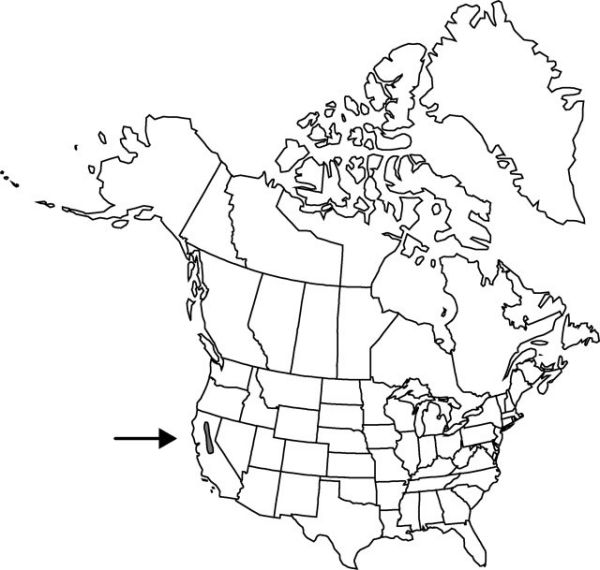Allium membranaceum
Pl. Life 28: 63. 1972.
Bulbs 1–3, producing bulbels in basal cluster around roots, ovoid, 1–1.6 × 0.9–1.4 cm; outer coats enclosing 1 or more bulbs, brown, membranous, obscurely cellular-reticulate, cells quadrate, walls very sinuous, without fibers; inner coats white or pink, cells obscure, quadrate. Leaves persistent, green at anthesis, 2–3, basally sheathing, sheaths not extending much above soil surface; blade solid, flat, 15–40 cm × 3–5 mm, margins entire. Scape persistent, solitary, erect, solid, terete, 15–40 cm × 1–3 mm. Umbel persistent, erect, loose, 15–35-flowered, ± globose, bulbils unknown; spathe bracts persistent, 2, 4–6-veined, lanceolate, ± equal, apex acuminate, setaceous. Flowers stellate, 7–12 mm; tepals spreading, pink or less commonly white, ovate to elliptic, ± equal, becoming papery in fruit, not carinate, margins entire, apex acute to acuminate, not involute; stamens included; anthers yellow; pollen yellow; ovary crested; processes 6, prominent, central, triangular, short, margins minutely denticulate; style linear, equaling stamens; stigma capitate, scarcely thickened, unlobed; pedicel 10–20 mm. Seed coat dull; cells each with minute, central papilla. 2n = 14.
Phenology: Flowering May–Jun.
Habitat: Wooded, shady slopes
Elevation: 200–1400 m
Discussion
Allium membranaceum is found in the foothills of the northern and central Sierra Nevada.
Selected References
None.

